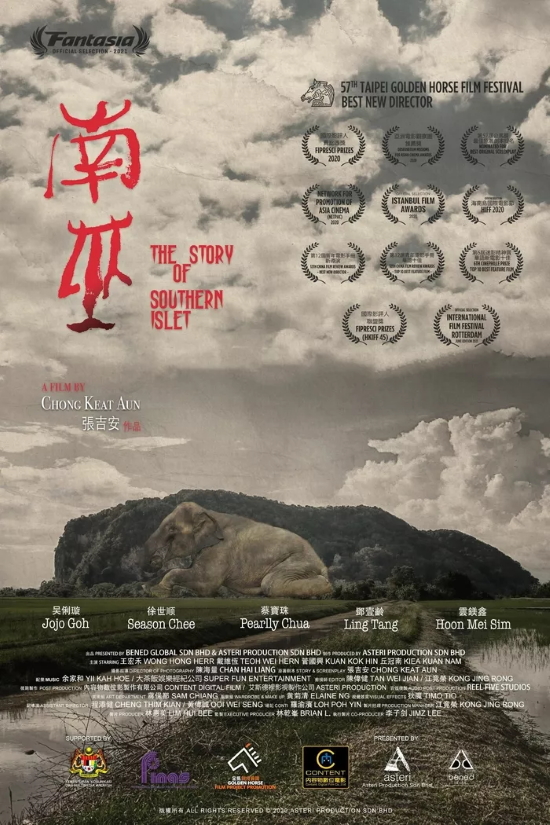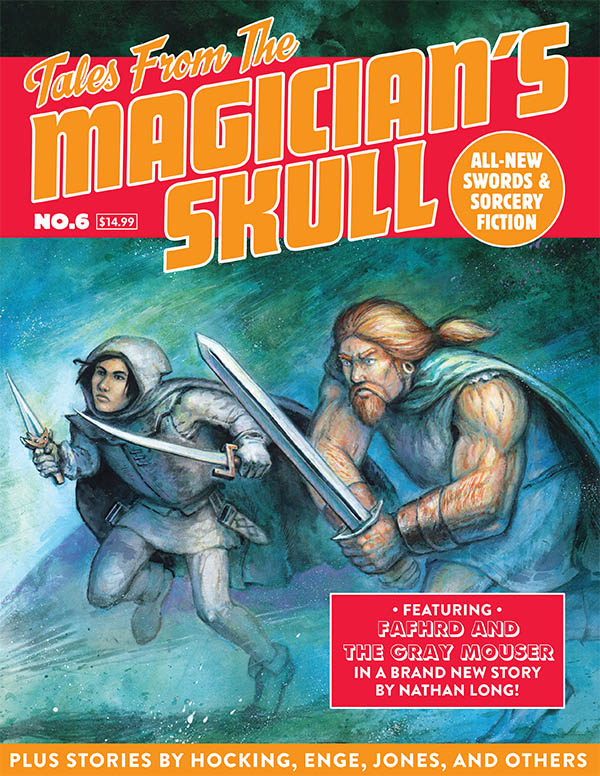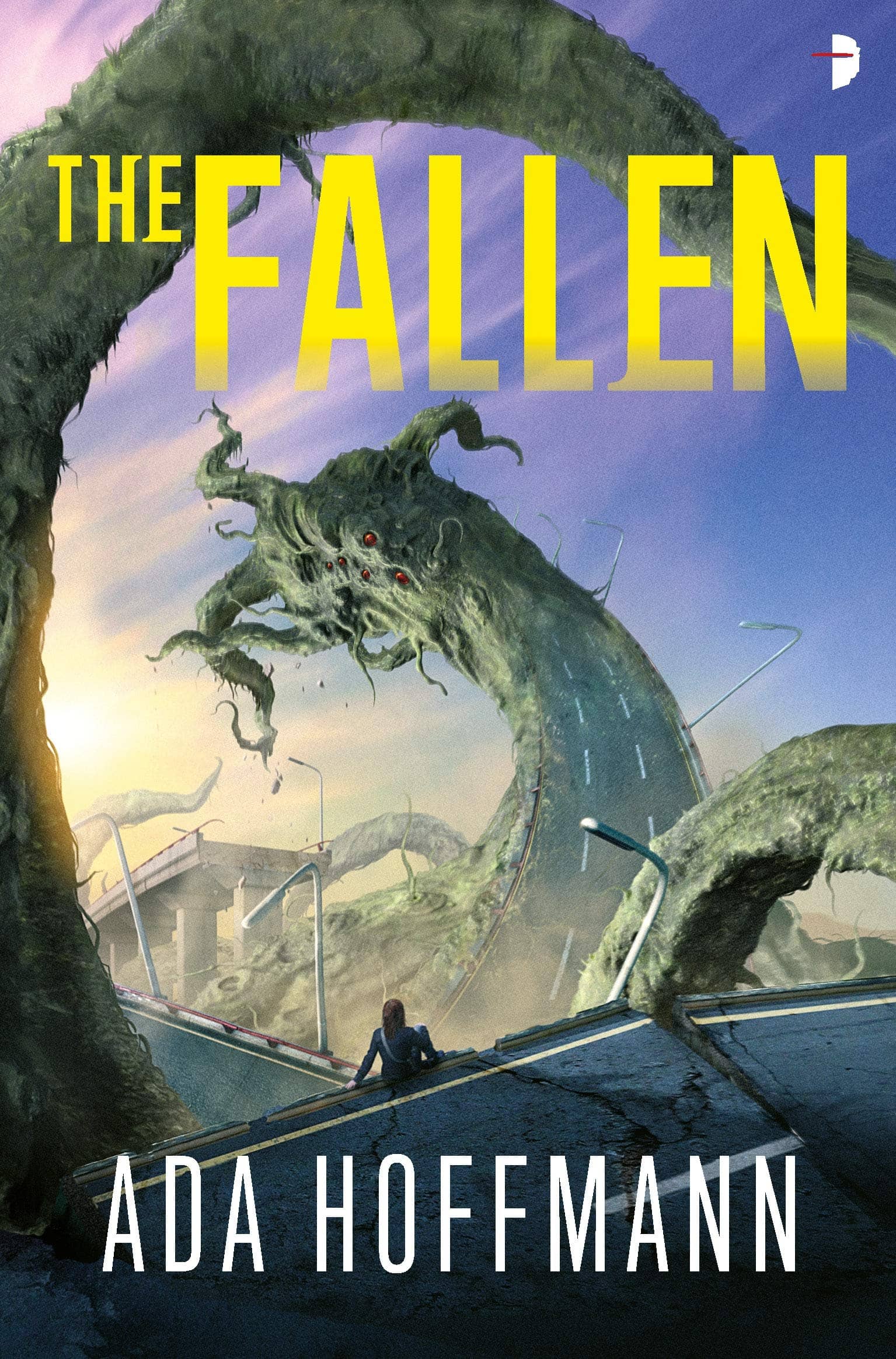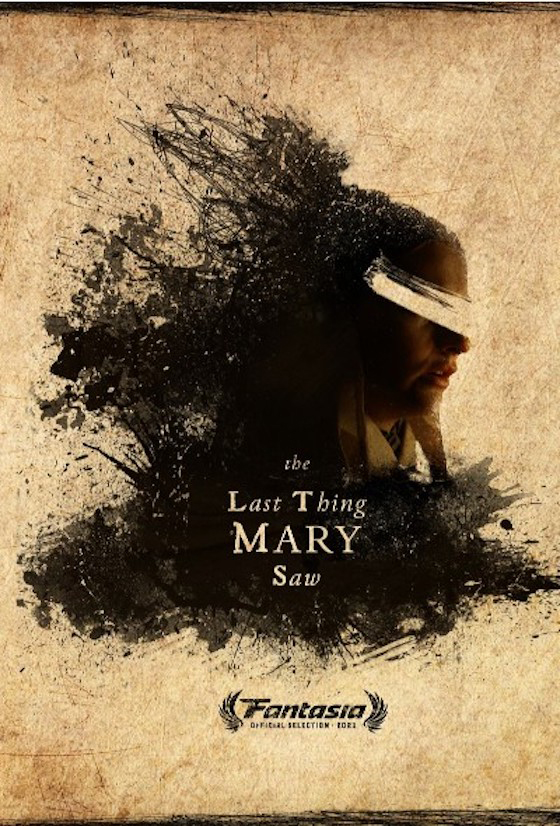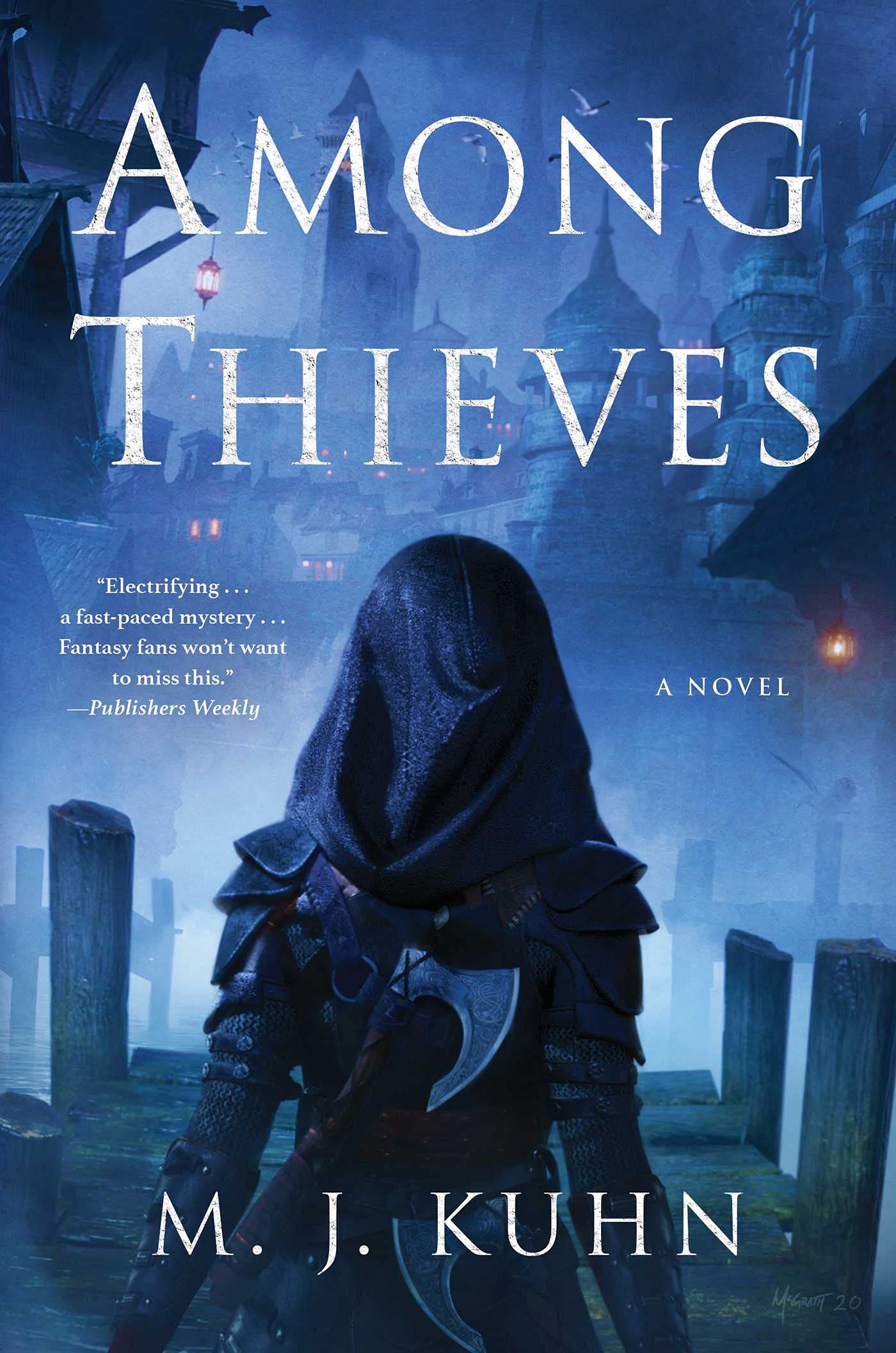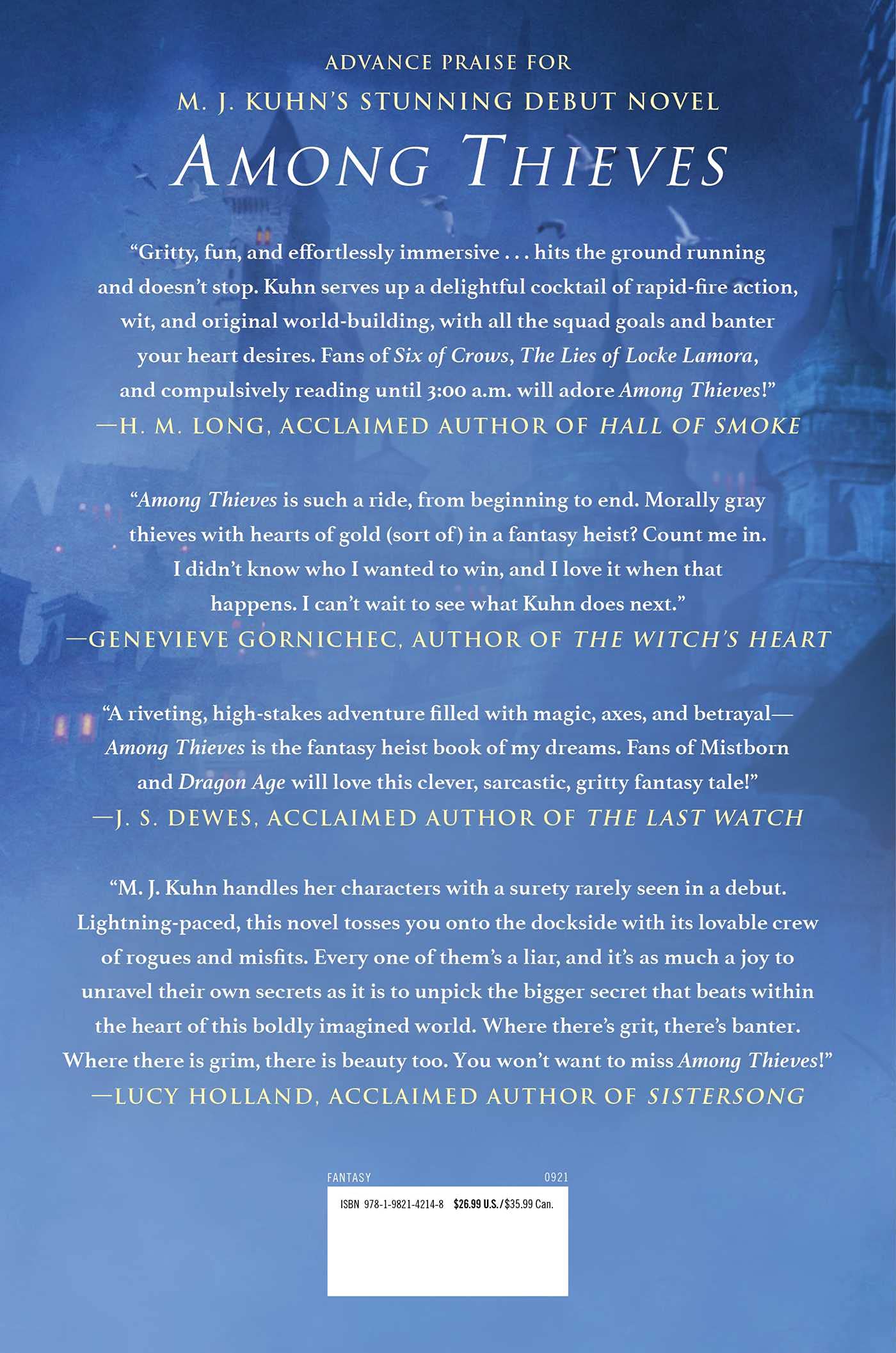Ellsworth’s Cinema of Swords: Fight Direction by William Hobbs (Pt. 1)
Captain Kronos – Vampire Hunter (UK, 1974)
William Hobbs (1939-2018) was the greatest director of European-style stage fencing of his generation. An English actor trained to the stage at the Old Vic, Hobbs was fight director at Laurence Olivier’s National Theatre Company in the Sixties before making is first big splash in films with Richard Lester’s The Three Musketeers in 1973. As a fencing choreographer, he was known for his more realistic, rough-and-tumble approach to cinematic fighting, having the actors expend effort to exhaustion, depicting combat as a desperate and fearful endeavor. This was a revelation that overturned the Hollywood standard of elegant and balletic fencing as exemplified by the swordwork of actors like Basil Rathbone, Stewart Granger, and Cornel Wilde. In a William Hobbs fencing match, an actor was as likely to strike a blow with a handy broomstick as with a rapier.
Hobbs’ most influential work was certainly the swordplay he choreographed for Ridley Scott’s The Duellists, after which he was the go-to guy for decades for any British or American production that featured fencing, his credits including Excalibur (1981), Ladyhawke (1985), Rob Roy (1995), all the way through to Game of Thrones (2011). In between he continued to work as a director for stage fencing, mainly for productions of Shakespeare plays — he directed the swordwork in Hamlet over two dozen times, including the 1990 film with Mel Gibson. “I do think, what the hell am I going to do this time to make it different?” Hobbs said in 2008. “A fight has to grow out of the situation of the play. There’s the text, and you’ve got to follow it truthfully and honestly.”
This week, let’s take a look at three of Hobbs’ earliest films as fight director.
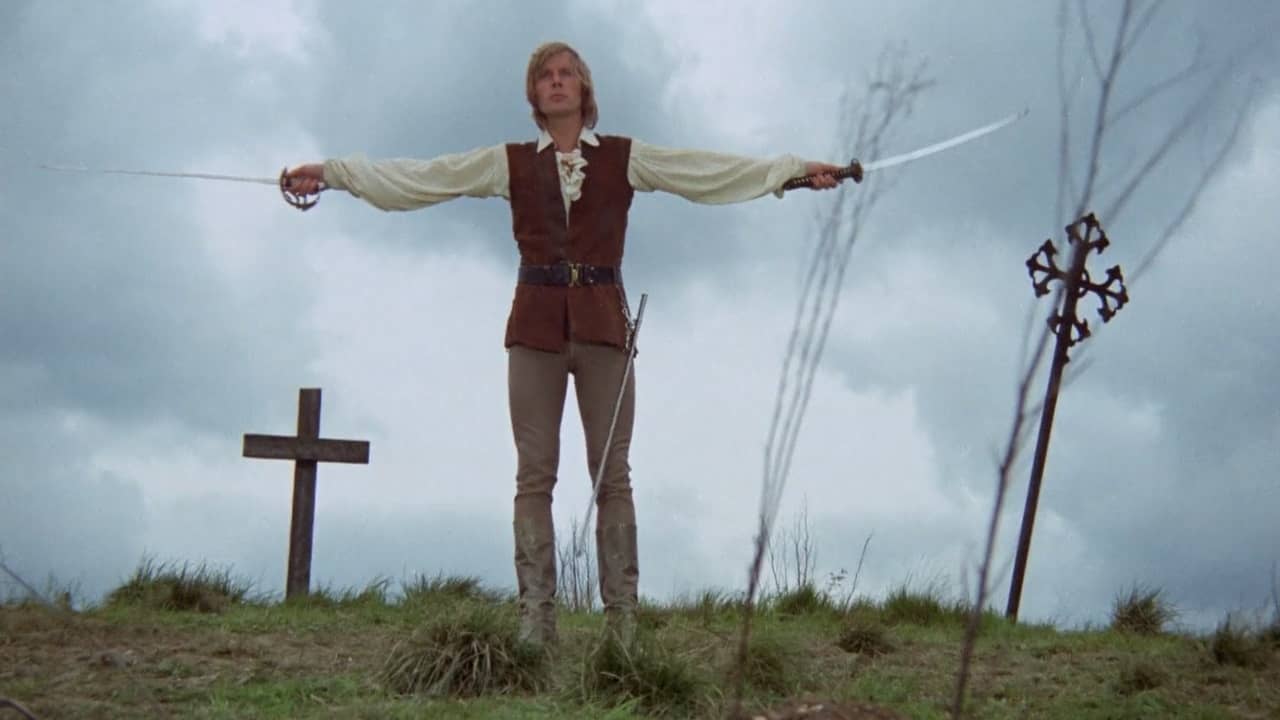
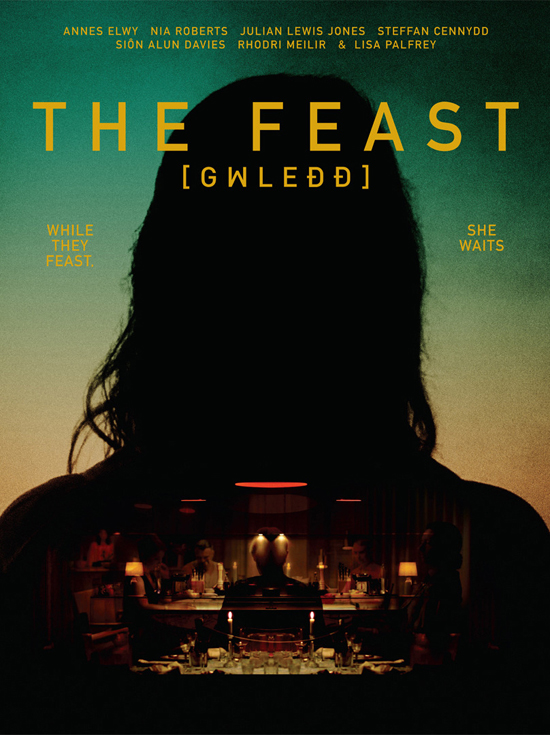
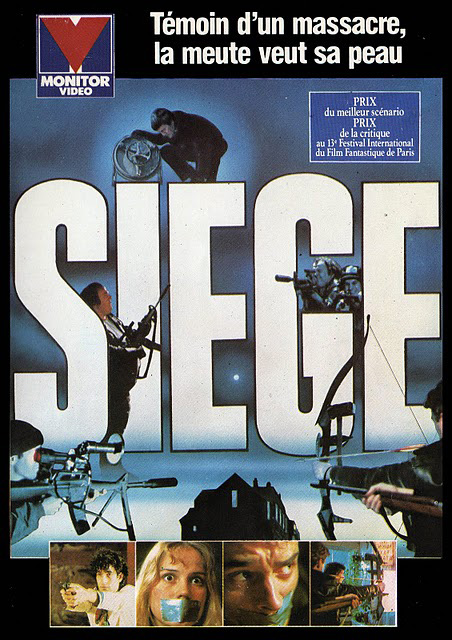 You ever watch one of the long video game cutscenes that passes for movies these days and think “I kinda miss old, raw-looking films, like early Romero and Carpenter. Something that had teeth. Heart. Balls. They don’t make ’em like that anymore.”
You ever watch one of the long video game cutscenes that passes for movies these days and think “I kinda miss old, raw-looking films, like early Romero and Carpenter. Something that had teeth. Heart. Balls. They don’t make ’em like that anymore.”